We may earn money or products from the companies mentioned in this post. This means if you click on the link and purchase the item, I will receive a small commission at no extra cost to you ... you're just helping re-supply our family's travel fund.
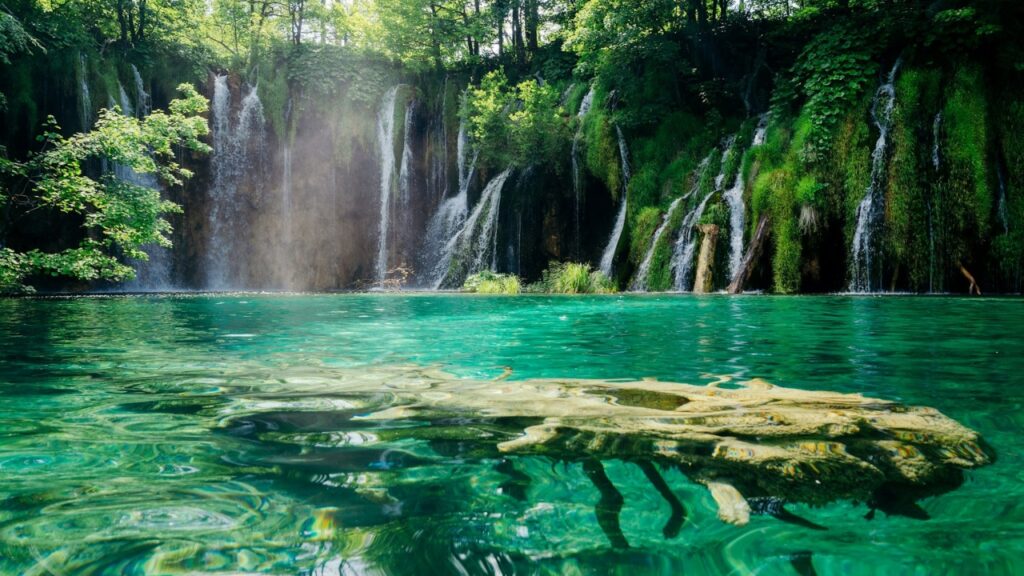
In our hyper-connected world, the selfie has become an undeniable part of the travel experience—a personal, in-the-moment postcard to share with the world. But in our quest for the perfect shot, it’s easy to forget that some of the world’s most beautiful and sacred places demand more than just our admiration. They demand our respect, our awareness, and sometimes, for us to simply put the camera down. In these spots, a seemingly innocent selfie can be deeply disrespectful, dangerous, or even illegal.
1. The Running of the Bulls in Pamplona, Spain
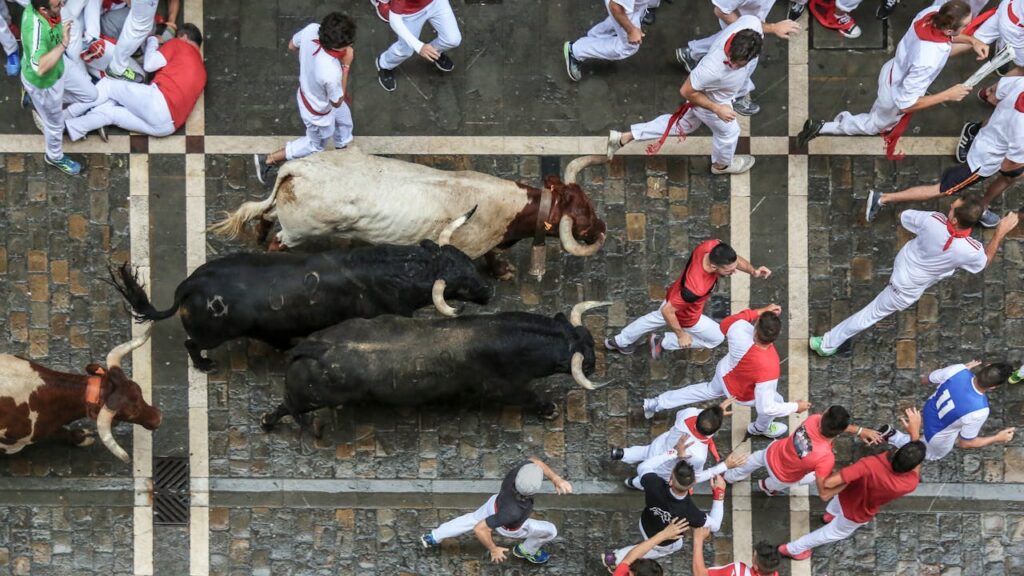
The adrenaline-fueled chaos of the San Fermín festival is world-famous, but trying to capture it with a selfie is a dangerously foolish and illegal act. Authorities in Pamplona have explicitly banned taking photos or videos while participating in the bull run. The reason is brutally simple: a moment’s distraction while you frame a shot can be fatal. Police actively pull offenders from the course and issue hefty fines, enforcing the critical rule that your life is more valuable than your social media post.
2. With Big Cats in New York State
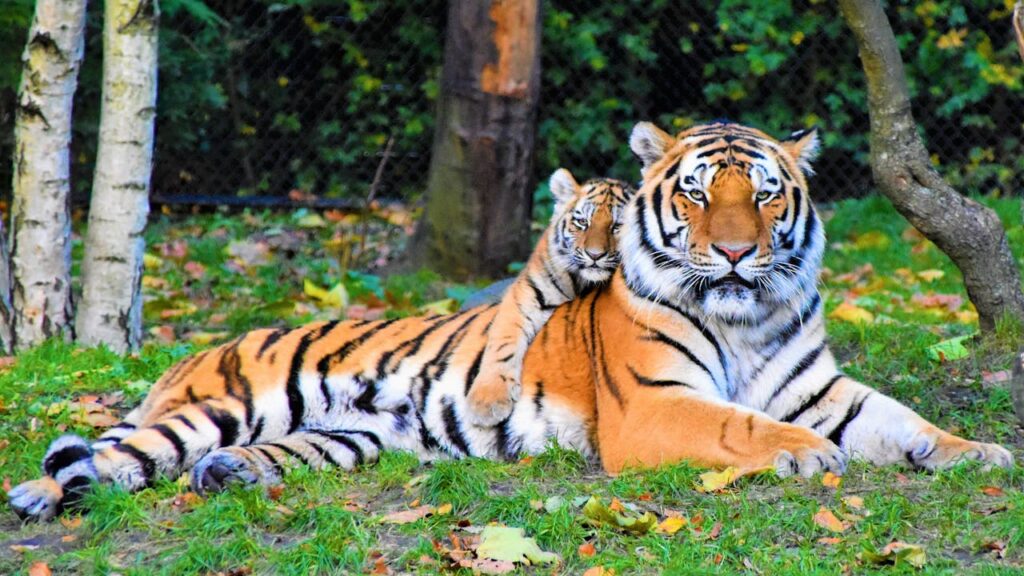
That incredible photo of you posing next to a majestic tiger might seem like a once-in-a-lifetime opportunity, but in New York State, it’s against the law. To protect both the public and the animals from unsafe exploitation, the state has banned “tiger selfies” and any direct public contact with big cats at places like traveling fairs and non-accredited zoos. This law wisely recognizes that these powerful predators are not props for our vanity and should not be treated as such.
3. The Sistine Chapel in Vatican City
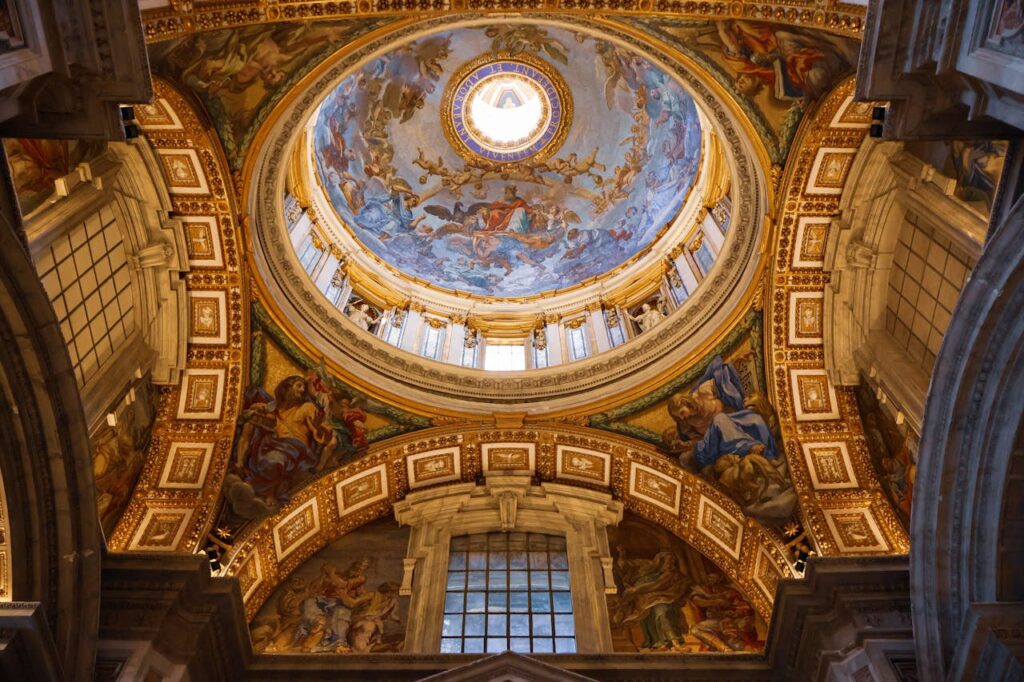
When you step into the Sistine Chapel and gaze up at Michelangelo’s breathtaking frescoes, the impulse to capture the moment is overwhelming. You must resist it. Photography of any kind has long been strictly forbidden. The ban is in place to protect the delicate, centuries-old artwork from the cumulative, damaging effects of countless camera flashes. More importantly, it preserves the chapel as a sacred space for quiet, personal contemplation, not a crowded and noisy photo op.
4. The Jewel House at the Tower of London
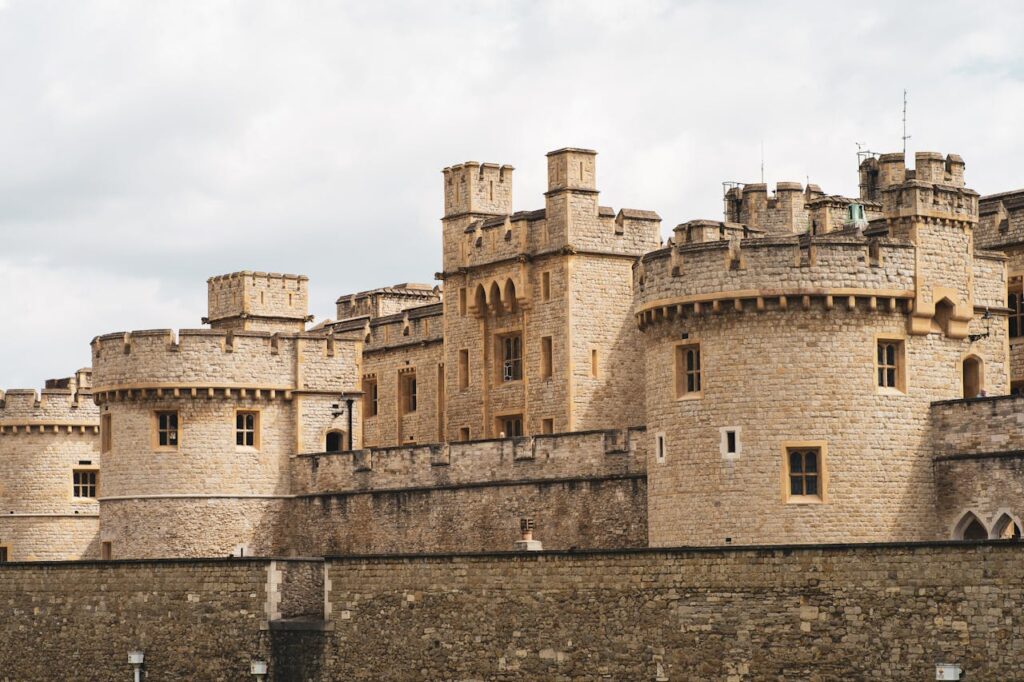
The home of the British Crown Jewels is one of the most secure and heavily guarded places in the United Kingdom. As you glide past the dazzling crowns, scepters, and orbs on a moving walkway designed to prevent loitering, you’ll notice a strict no-photography rule. This is not a suggestion; it is a serious security measure to protect these priceless symbols of the monarchy from potential threats. The Yeoman Warders are ever-vigilant, and ignoring the rule will get you removed immediately.
5. Beaches Near Phuket International Airport, Thailand
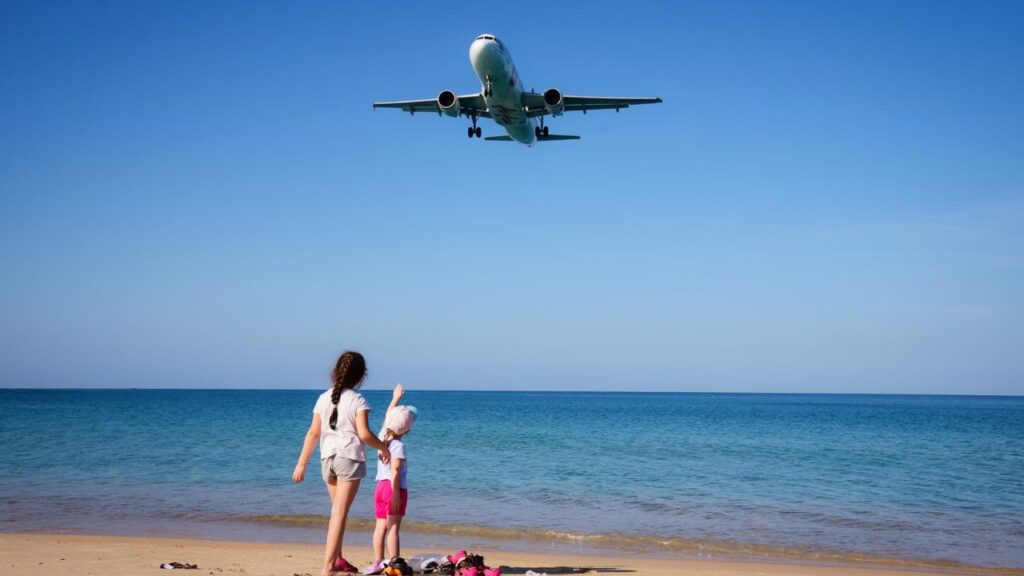
The dramatic sight of a massive passenger jet descending just feet over Mai Khao Beach has made it a world-famous spot for aviation enthusiasts and selfie-seekers. However, authorities have now banned taking photos in this specific area. A sudden camera flash or even a drone can distract or temporarily blind pilots during the most critical phase of landing. The safety of hundreds of passengers on an aircraft must take precedence over getting the perfect picture.
6. Lake Tahoe, California and Nevada
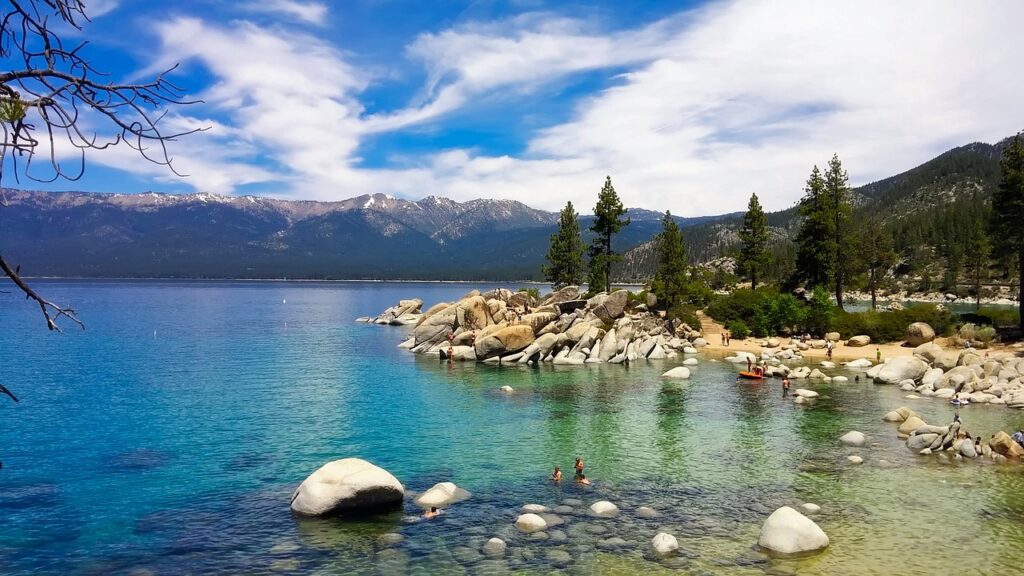
The bears of Lake Tahoe have become dangerously habituated to humans, leading to a disturbing trend of tourists getting far too close for selfies. Responding to numerous incidents, state and local authorities have made it clear that harassing wildlife in this way can lead to significant fines and even arrest. A bear might look cuddly from a distance, but it is a powerful and unpredictable wild animal. Getting close for a photo endangers you, the bear, and everyone else in the area.
7. The Anne Frank House in Amsterdam
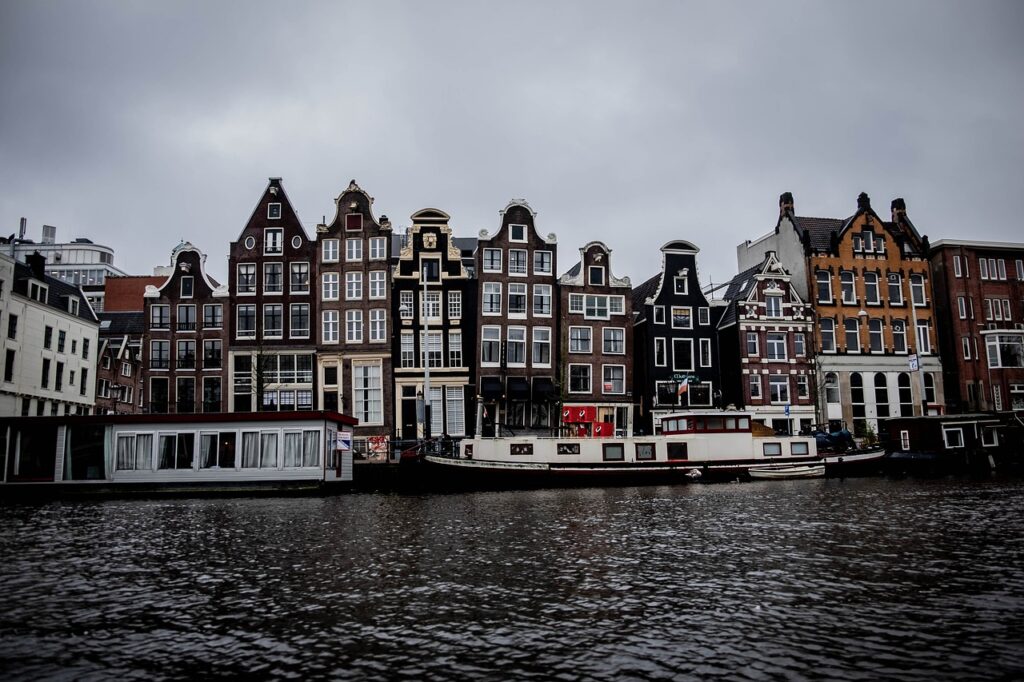
This is a place of profound historical weight and somber reflection, not a tourist attraction. To maintain its quiet, contemplative atmosphere and show respect for the gravity of its story, the Anne Frank House has a strict no-photography policy. The museum asks visitors to be fully present in the space, to listen to the silence, and to absorb the experience without the filter of a camera lens. It is a place for bearing witness, not for taking selfies.
8. During the Hajj in Mecca, Saudi Arabia
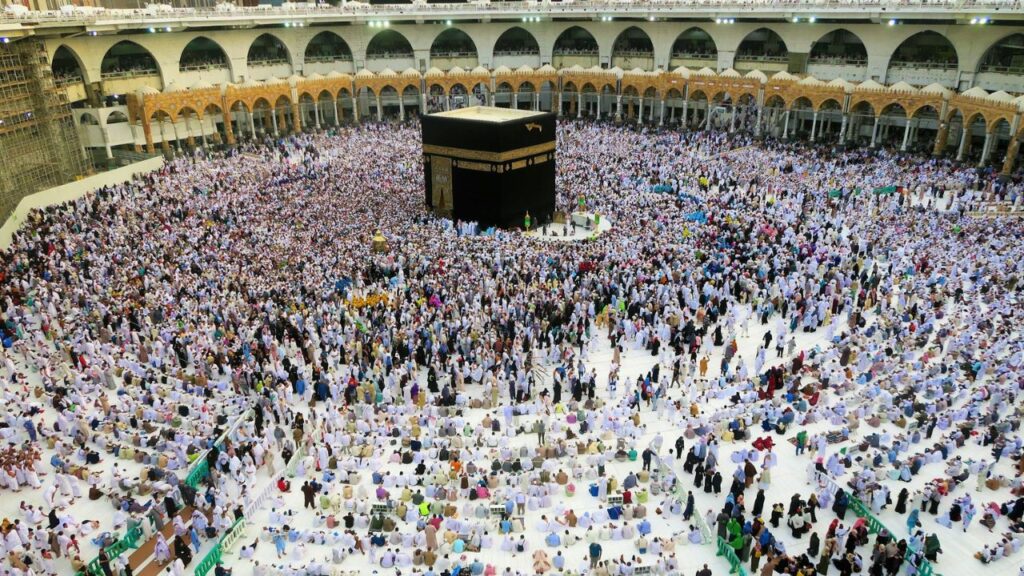
The Hajj is the most sacred pilgrimage in Islam, a deeply personal and spiritual journey of humility and devotion. In recent years, a trend of taking “Hajj selfies” at holy sites has been met with widespread condemnation from religious authorities and scholars. While not always legally enforced with fines, it is considered highly inappropriate and a distraction from the solemnity required. Many mosques in the region now explicitly ban photography to preserve their sanctity.
9. On the Railway Lines in Galle, Sri Lanka
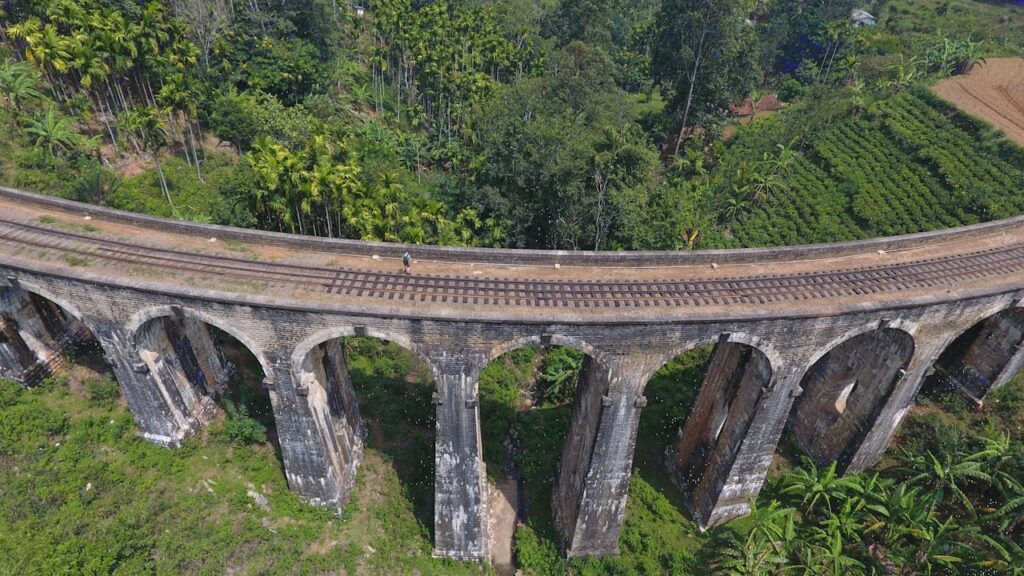
The historic fort in Galle is a beautiful place to walk, but a popular and active railway line runs right alongside its ancient walls. Tourists often climb onto the tracks to take dramatic photos, ignoring the fact that it is a busy commuter rail line. Not only is this incredibly dangerous, but it is also illegal. In response to several tragic accidents, Sri Lankan police have begun arresting tourists for trespassing on the tracks to curb this hazardous trend.
10. In “No-Selfie Zones” in Mumbai, India
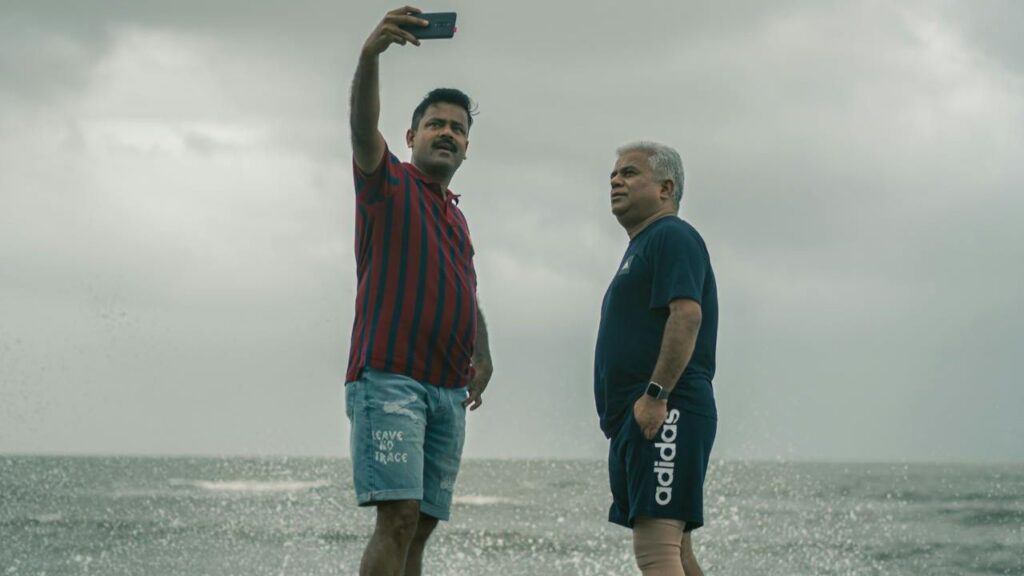
In response to a string of tragic accidents where people have fallen or been swept out to sea while taking selfies, the city of Mumbai has established over 20 official “no-selfie zones.” These are located in high-risk areas like certain seaside promenades, cliffs, and historic forts where the terrain is dangerous. Police have been instructed to monitor these zones and can issue fines to people who ignore the clear warnings, prioritizing public safety over a risky photo.
11. Westminster Abbey in London
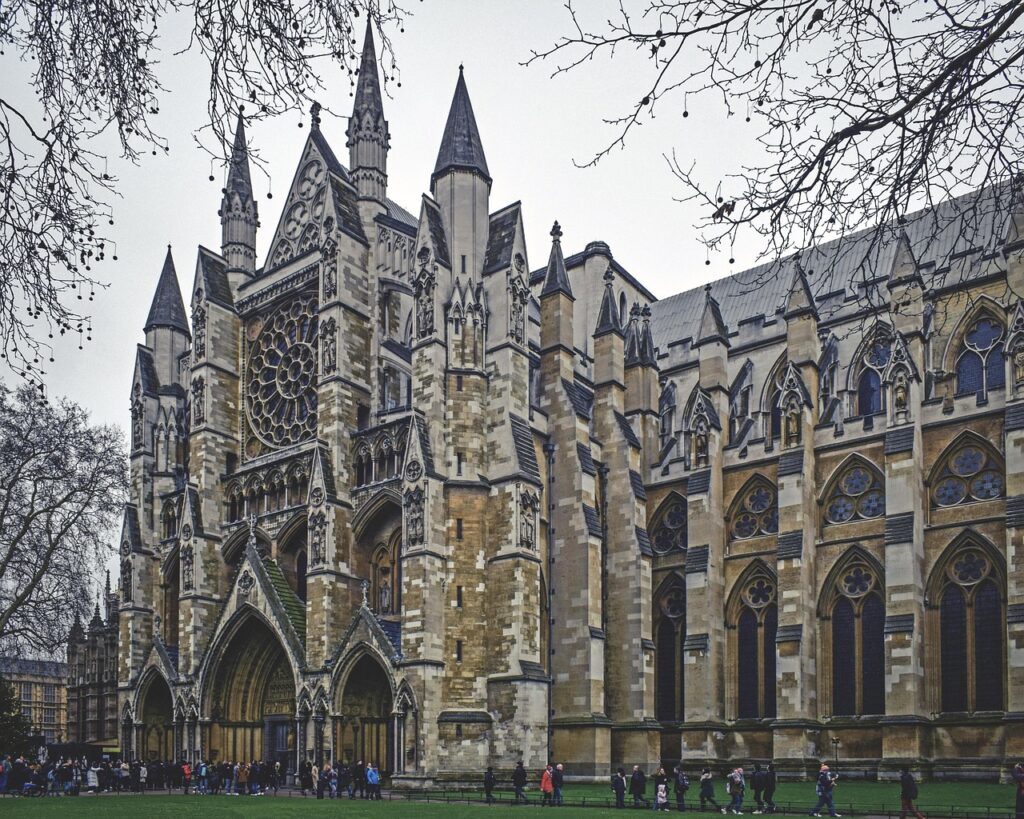
As one of the world’s most famous and historic churches, Westminster Abbey is a place of active worship and a royal peculiar, meaning it is under the direct jurisdiction of the monarch. While photography is sometimes permitted at special events, it is strictly forbidden during services and in most areas of the church on a regular day. This policy is in place to maintain the building’s primary function as a sacred space and to allow visitors to experience its spiritual atmosphere without distraction.
12. Plitvice Lakes National Park, Croatia
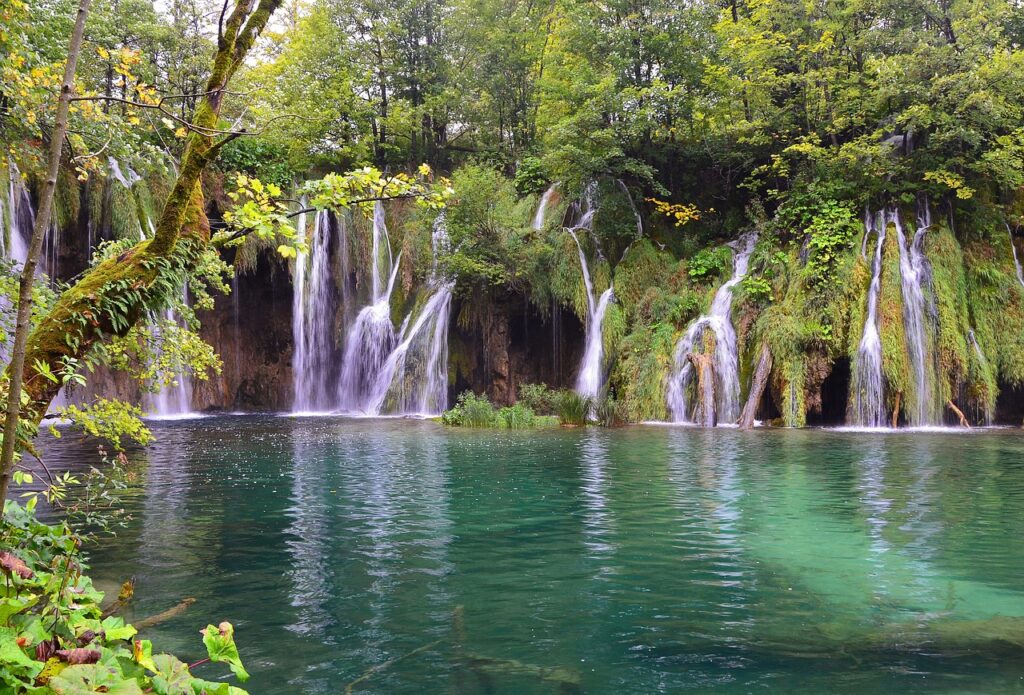
The stunning turquoise lakes and cascading waterfalls of Plitvice are a hiker’s paradise. However, the intense desire for a dramatic selfie has led some visitors to stray from the park’s well-maintained wooden boardwalks and marked trails. This is incredibly dangerous, as the surrounding limestone terrain is steep, slippery, and unstable. Following a number of serious and even fatal falls, park authorities have become much stricter about enforcing the rules.
13. Near Area 51 in Nevada
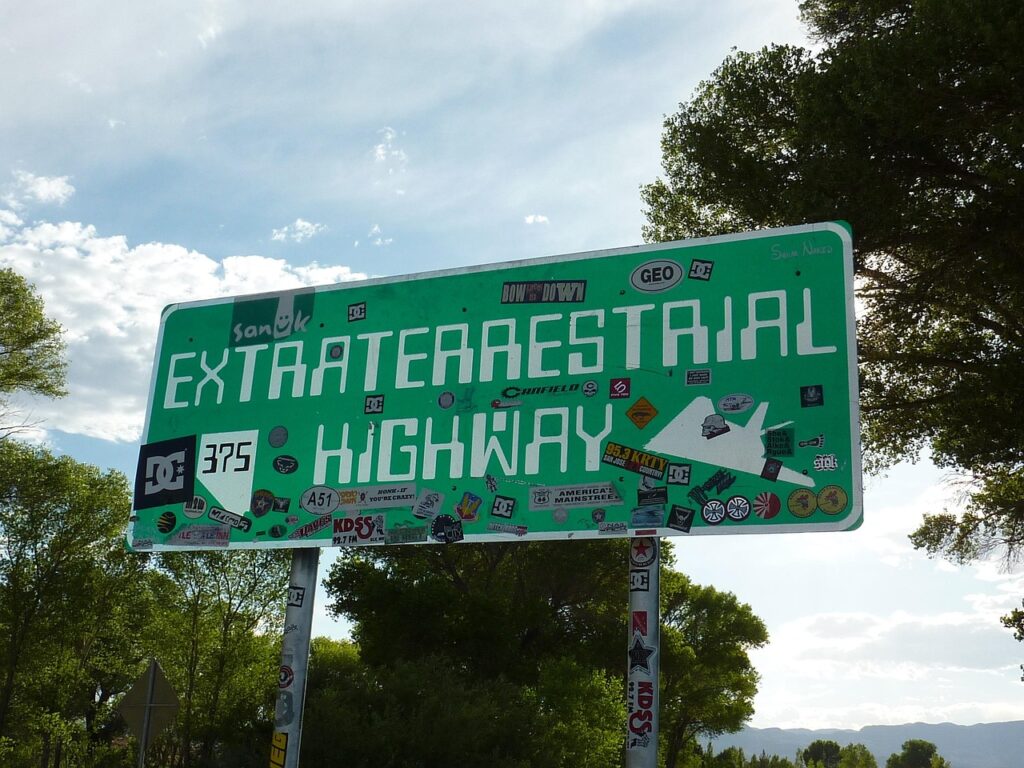
The mysterious U.S. Air Force facility known as Area 51 has long been a subject of intense public fascination. While you can drive along the “Extraterrestrial Highway” and see the outer perimeter signs, attempting to cross the line for a selfie is a catastrophically bad idea. The area is guarded by armed military personnel with the authority to use deadly force. Trespassing onto a classified military installation will not just land you in legal trouble; it will result in your immediate arrest.